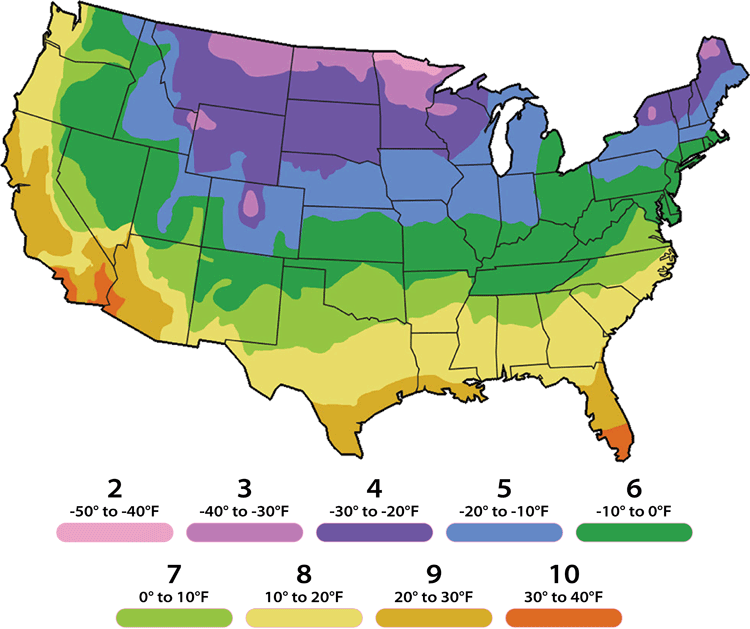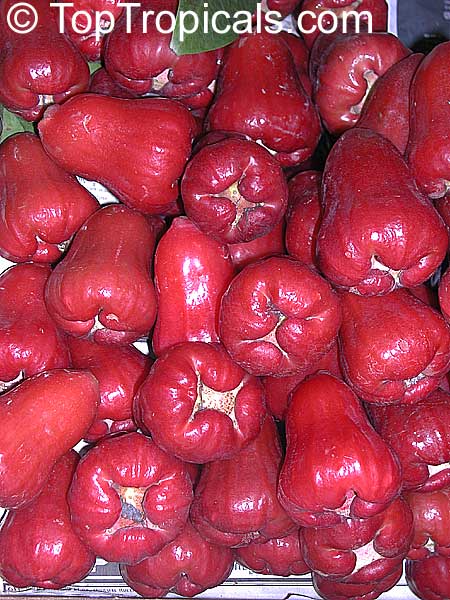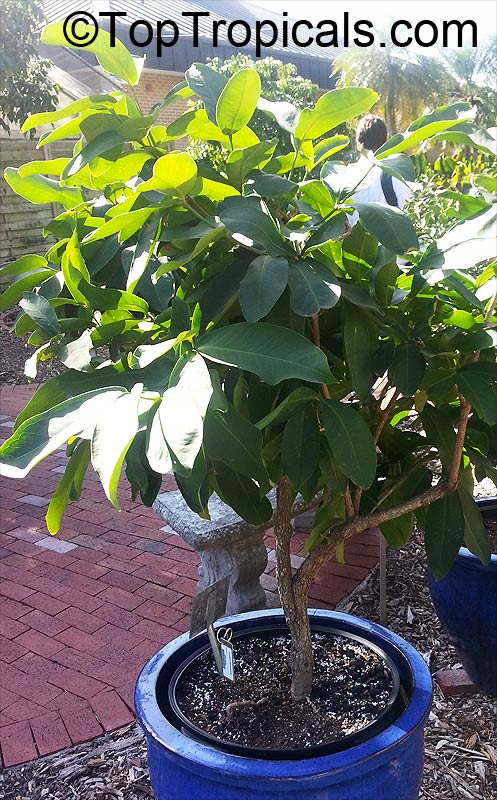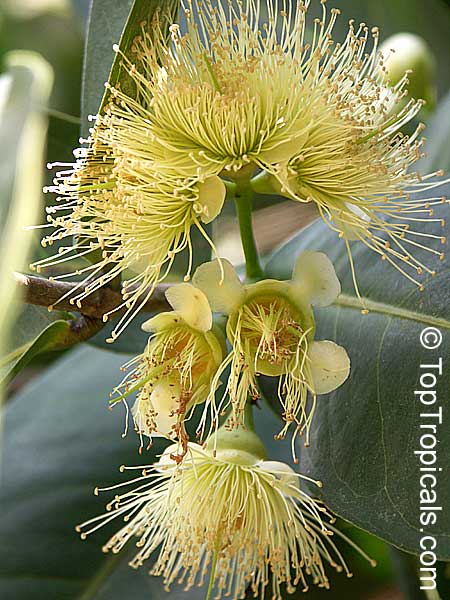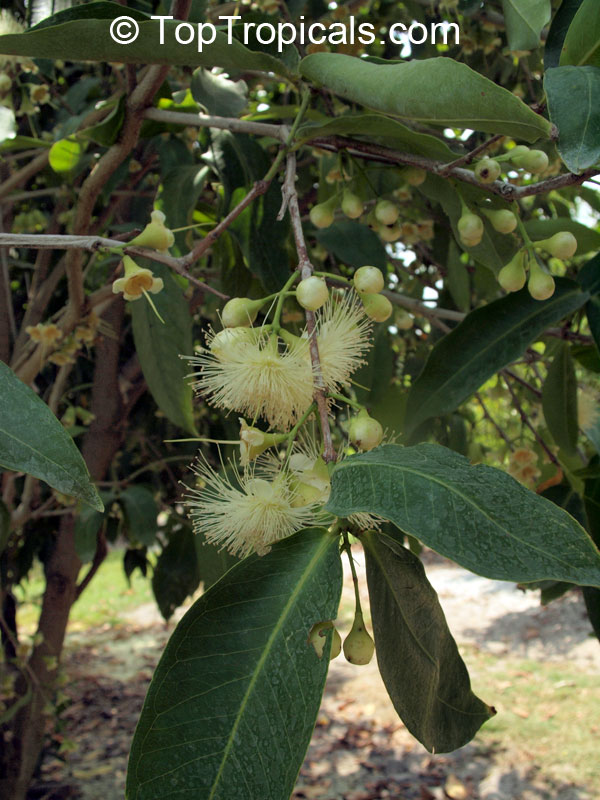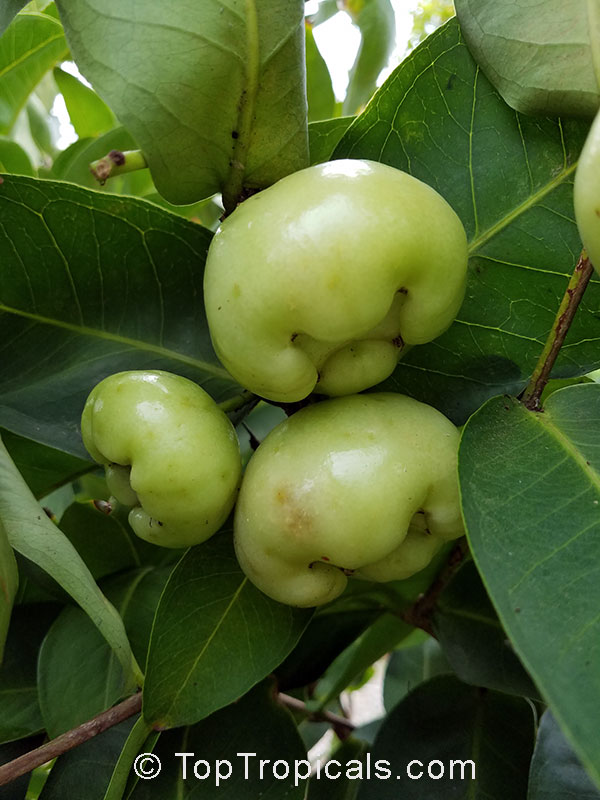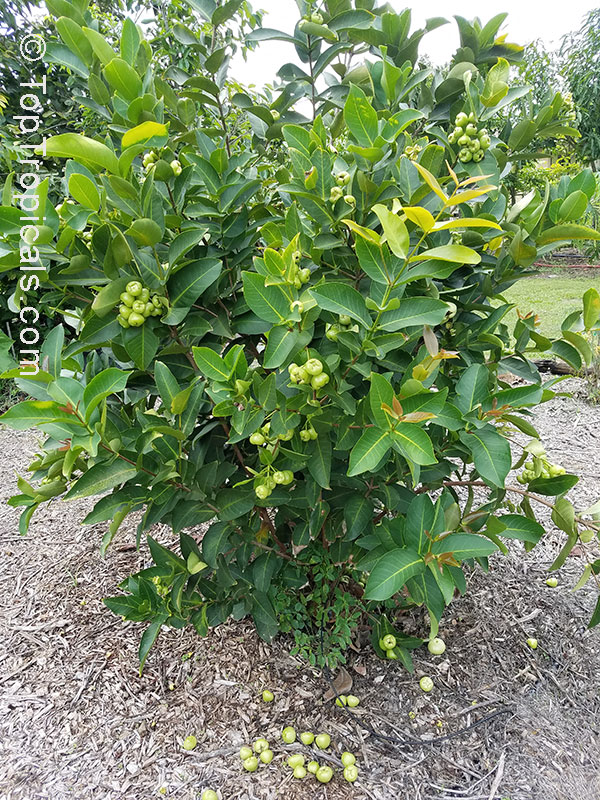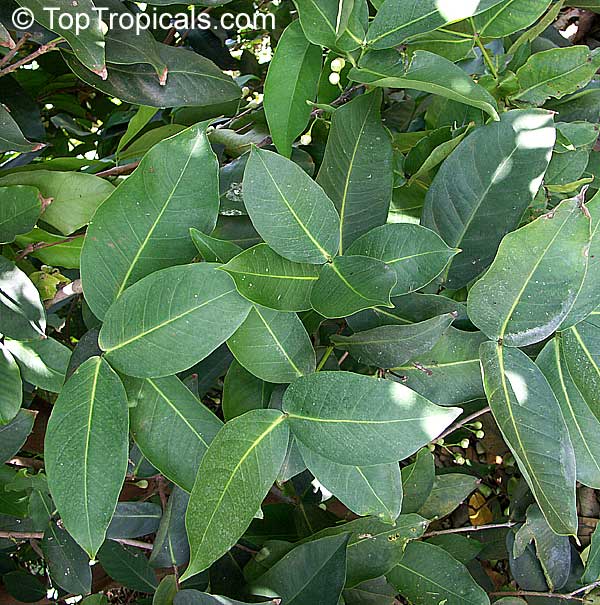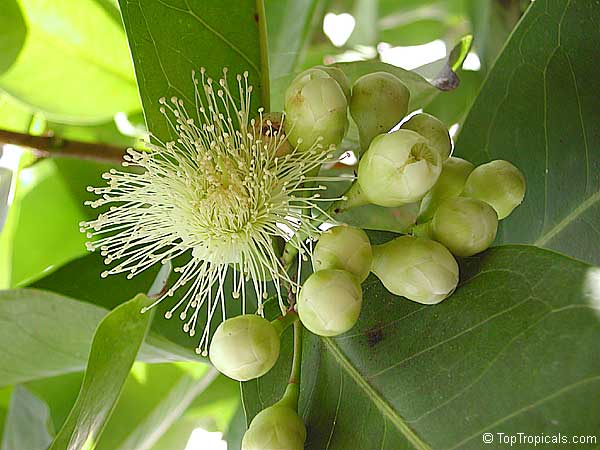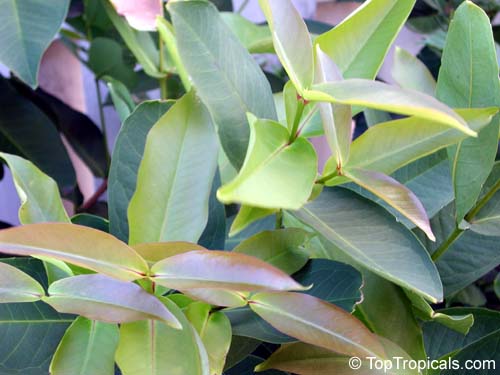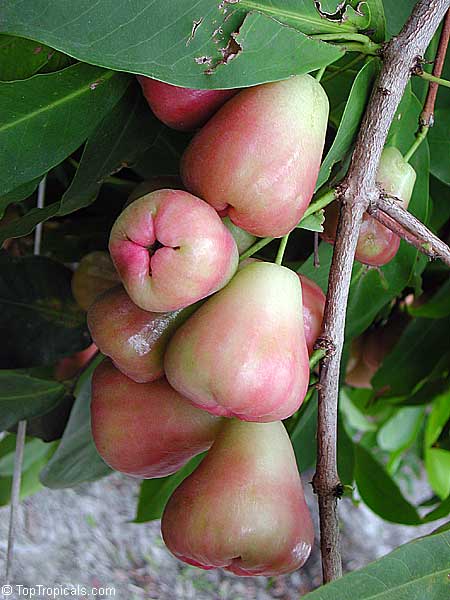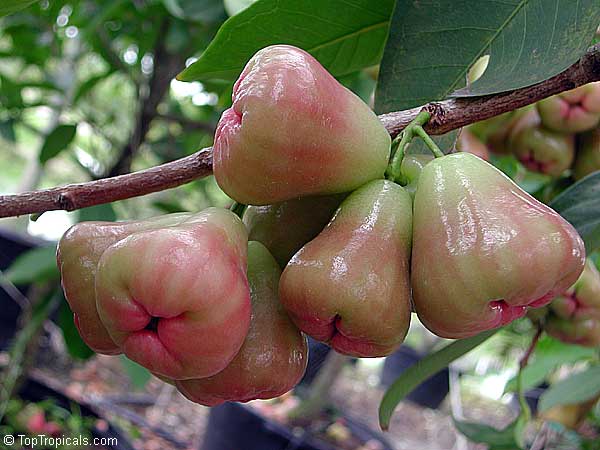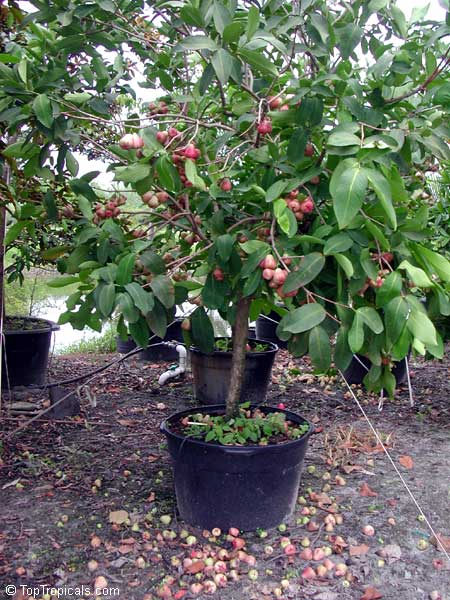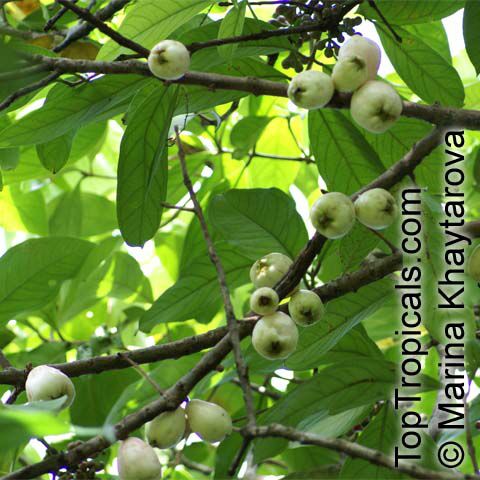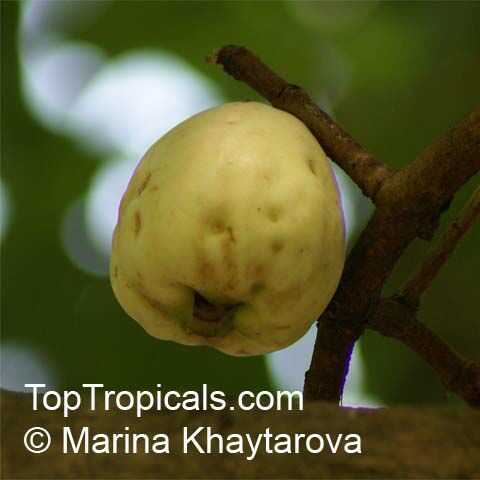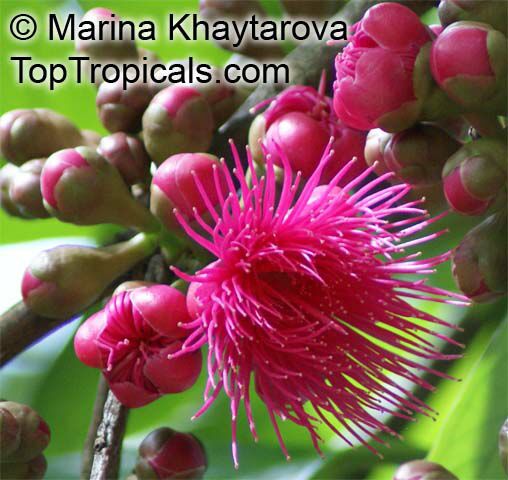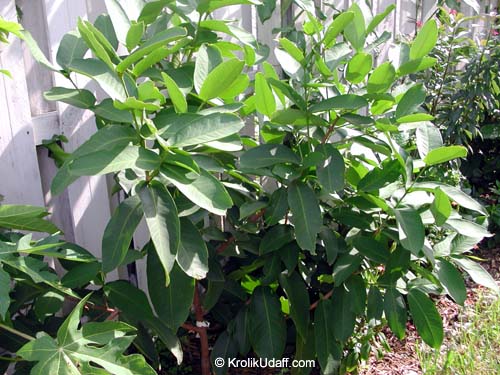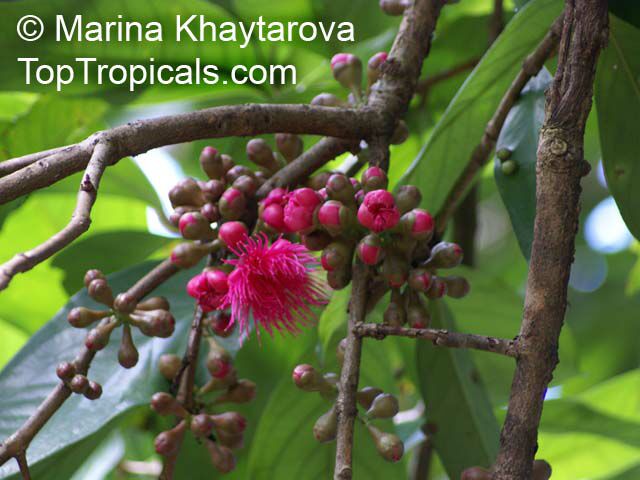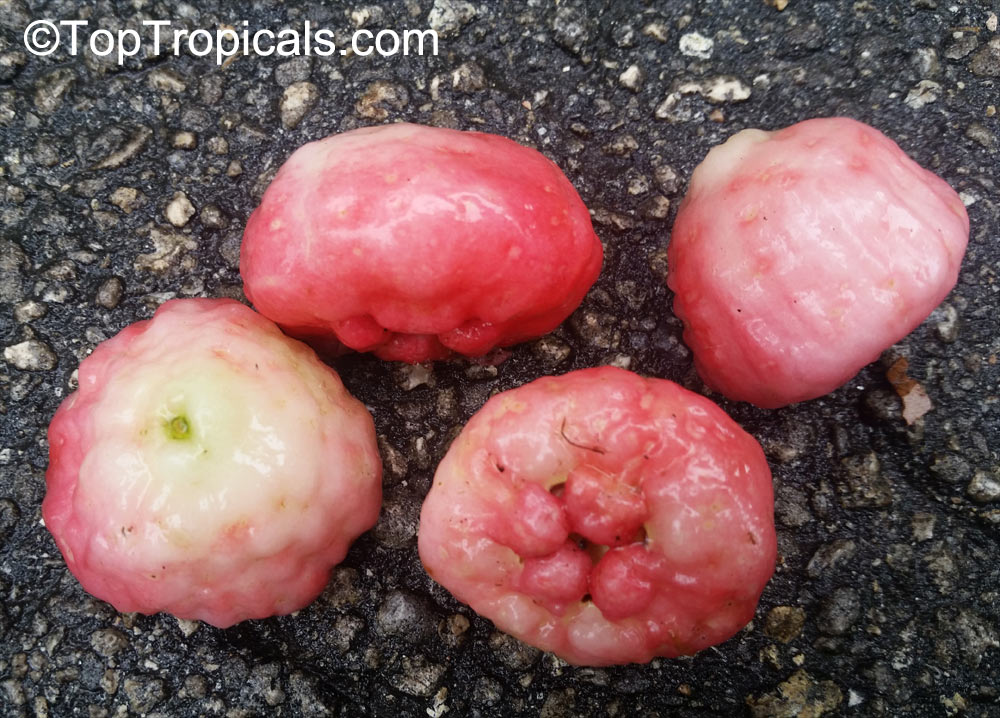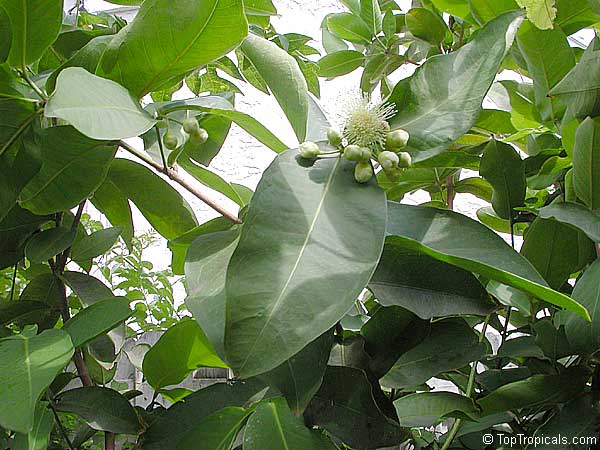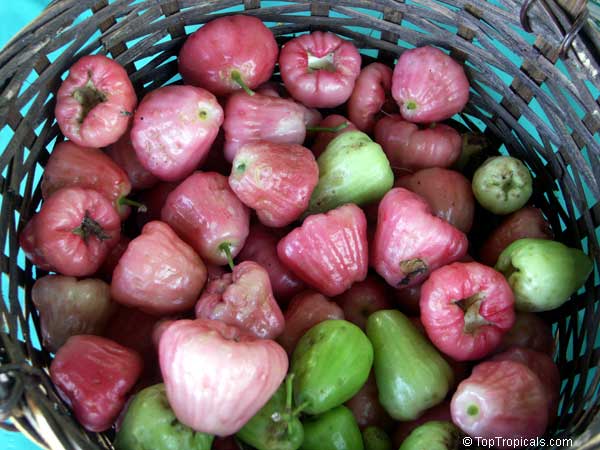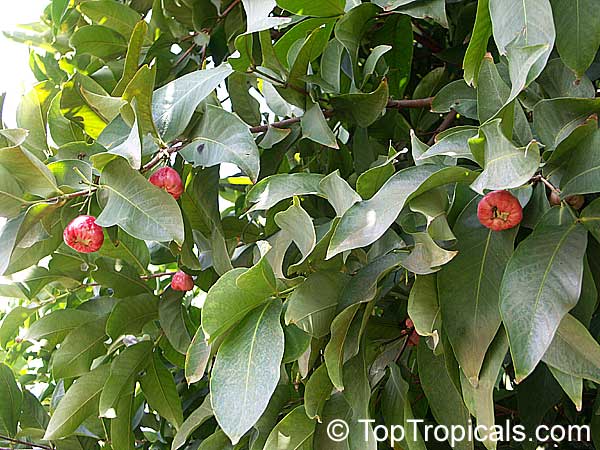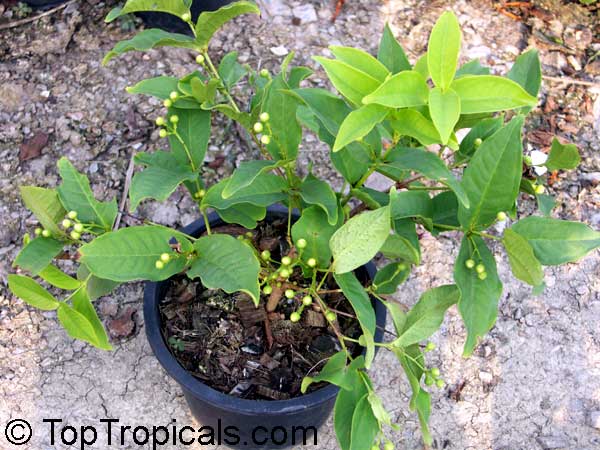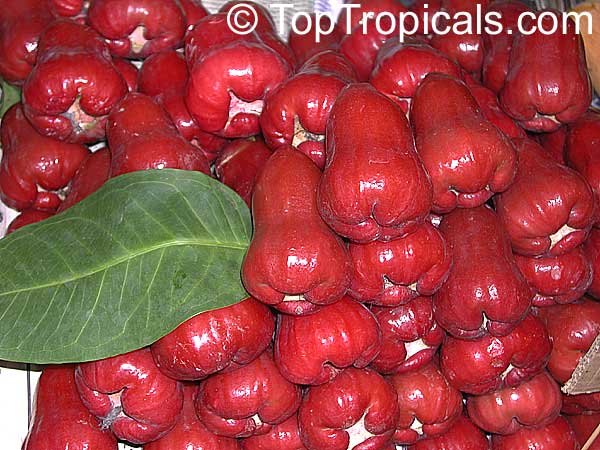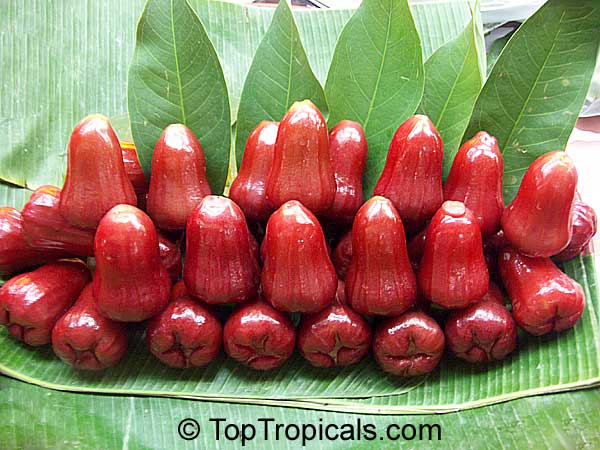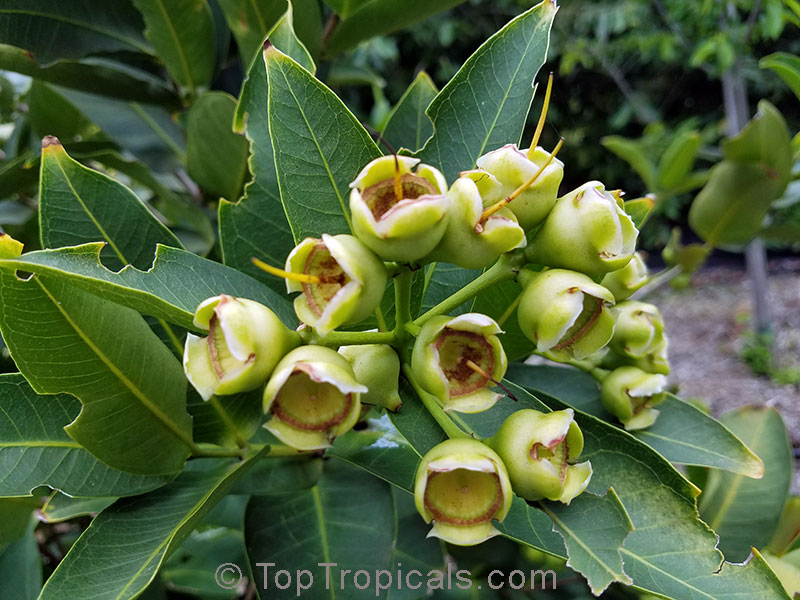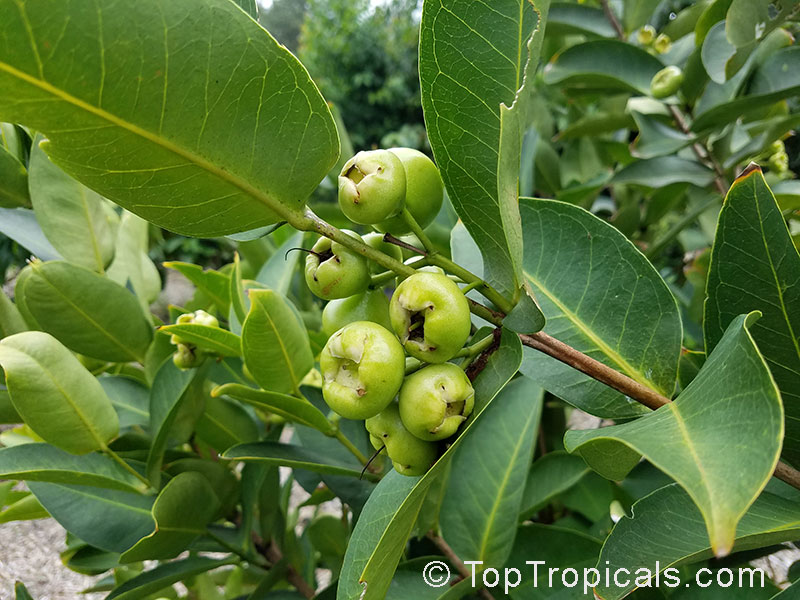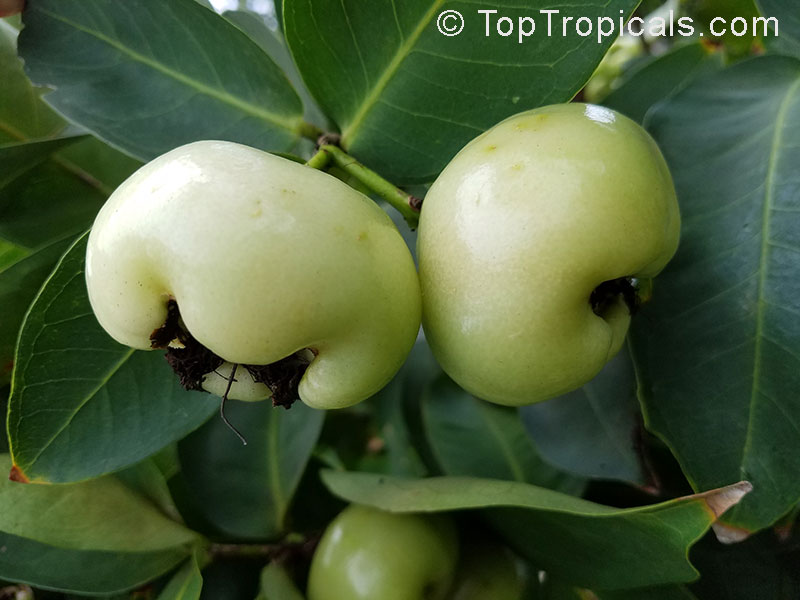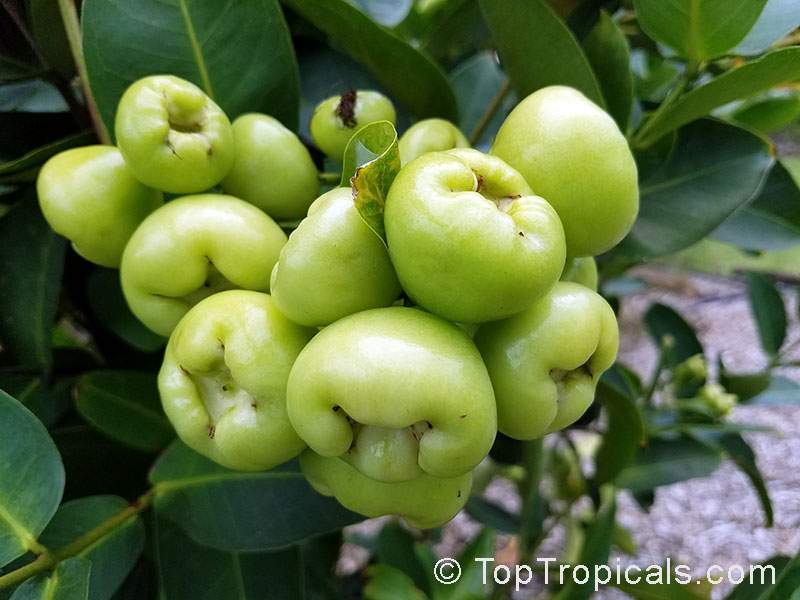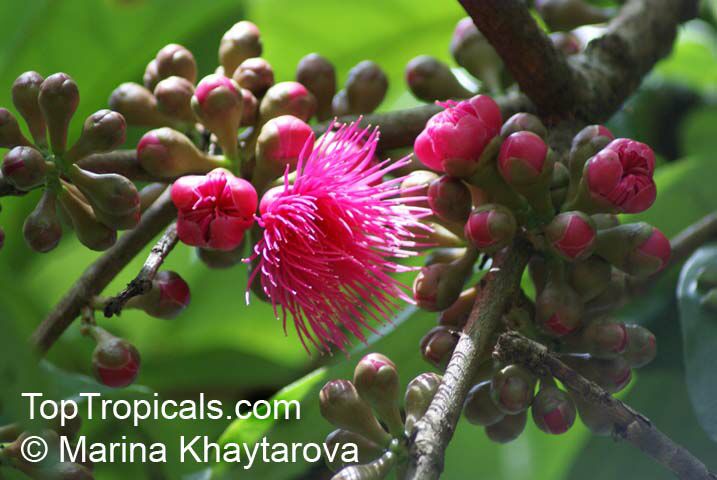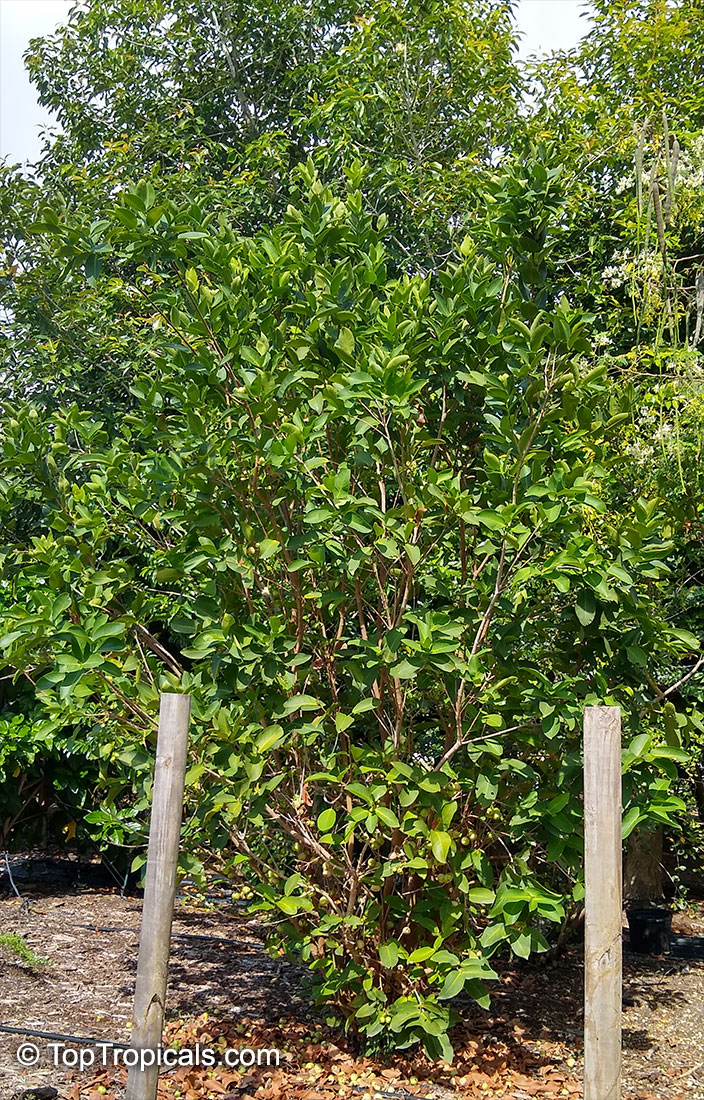Syzygium samarangense, Syzygium javanicum, Eugenia javanica
Wax jamboo, Java apple, MacopaFamily: Myrtaceae
Origin: South India to eastern Malaysia







This free-branching, medium sized tree similar to Malay Apple, is somewhat hardier. It also has large and wide glossy leaves and a waxy-looking fruit, probably hence the common name. The flowers and resulting fruit are not limited to the axils of the leaves and can appear on nearly any point on the surface of the trunk and branches. They are slightly fragrant, white to pale yellow, 2-3 inches wide, with four petals and countless stamens are very showy and are a rich source of nectar for honey bees. Flowers fall on the ground in 2-3 days, leaving behind the tiny fruits to mature and ripen in about 2 months. In favorable conditions, a healthy tree can produce abundant fruits and has two fruiting seasons annually, May-September and November to March. When mature, the tree is considered a heavy bearer and can yield a crop of up to 700 fruit. Fruit are are pear-shaped, 1.5-2 inches long, skin is smooth, waxy, come in varying colors ranging from white, pale green, green, pink, rose red and crimson. The reddest fruits are the sweetest and superior varieties of excellent quality are available. One of the most highly prized and sought after wax apples in Taiwan are "black pearls," which are purplish-red. Often seedless, fruits can be eaten out-of-hand. They are remarkably refreshing, juicy and quenching on a hot day. The liquid to flesh ratio of the wax apple is comparable to a watermelon. The texture is crisp, almost crunchy and juicy with a sweet, mildly scented flavor.
In Indian-Ocean-Island cuisine, the fruit is frequently used in salads, as well in with light sauteed dishes. The unripe fruits eaten with salt or dipped in a sweetish-spicy sauce.
Wax Jamboo tree usually requires very little attention and no pruning is needed. It needs adequate rainfall, some humidity and fertile soil for best growth, and is hardy to around freezing, possibly a few degrees below. Wax Jambu tree can be grown in a large container for many years, needing very little care. Just regular watering and occasional feed will be enough to get sufficient fruit to enjoy twice annually.
Similar plants:
- Syzygium antisepticum, Syzygium gratum, Eugenia glaucicalyx, Eugenia grata, Syzygium glaucicalyx (Kalaum, Malaruhat)
- Syzygium aqueum, Eugenia aquea (Water Cherry, Watery Rose Apple)
- Syzygium aromaticum, Caryophyllus aromaticus, Eugenia caryophyllata, Eugenia caryophyllus (Clove, Cloves)
- Syzygium campanulatum, Syzygium myrtifolium, Eugenia oleina (Wild Cinnamon)
- Syzygium grande, Eugenia firma, Eugenia grandis (Sea Apple)
- Syzygium jambos, Eugenia jambos, Jambosa jambos (Rose apple, Malabar Plum, Pomme rosa)
- Syzygium malaccense, Eugenia malaccensis, Jambos malaccensis (Malay Apple, Macopa, Otaheite Apple, Pomarosa, Manzana)
- Syzygium muelleri, Eugenia muelleri, Myrtus obovata, Syzygium furcatum (Syzygium)
- Syzygium myrtifolium, Eugenia oleina, Eugenia myrtifolia, Syzygium campanulatum (Wild Cinnamon, Australian Brush-Cherry, Kelat Oil, Kelat Paya, Red Lip)
- Syzygium paniculatum, Eugenia paniculata (Australian Brush Cherry, Magenta Lilly Pilly )
Recommended Fertilizer: SUNSHINE C-Cibus - Crop Nutrition Booster
SUNSHINE-Honey - sugar booster
7 gal pot. More developed root system, thicker trunk and branches. Plant height depends on growing season and variety. Dwarf varieties are slow growers and may be shorter. Contact us for exact size description if size/height matters to you. 7 gal plants may be shipped separately from other items by Ground service due to large size. See here time in transit (business days, excluding Sat-Sun!)
Recommended Fertilizer: SUNSHINE C-Cibus - Crop Nutrition Booster
SUNSHINE-Honey - sugar booster
Recommended Fertilizer: SUNSHINE C-Cibus - Crop Nutrition Booster
SUNSHINE-Honey - sugar booster

